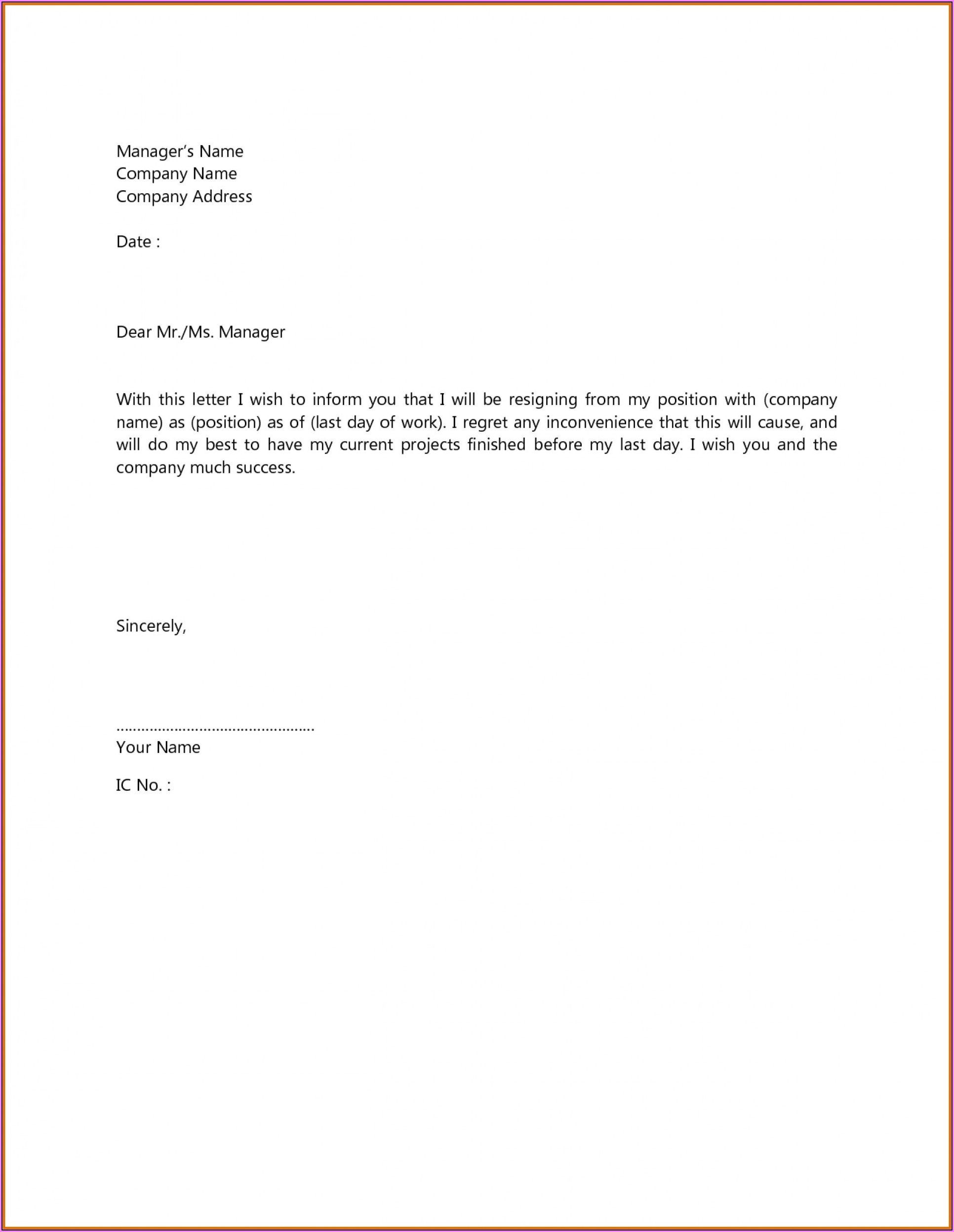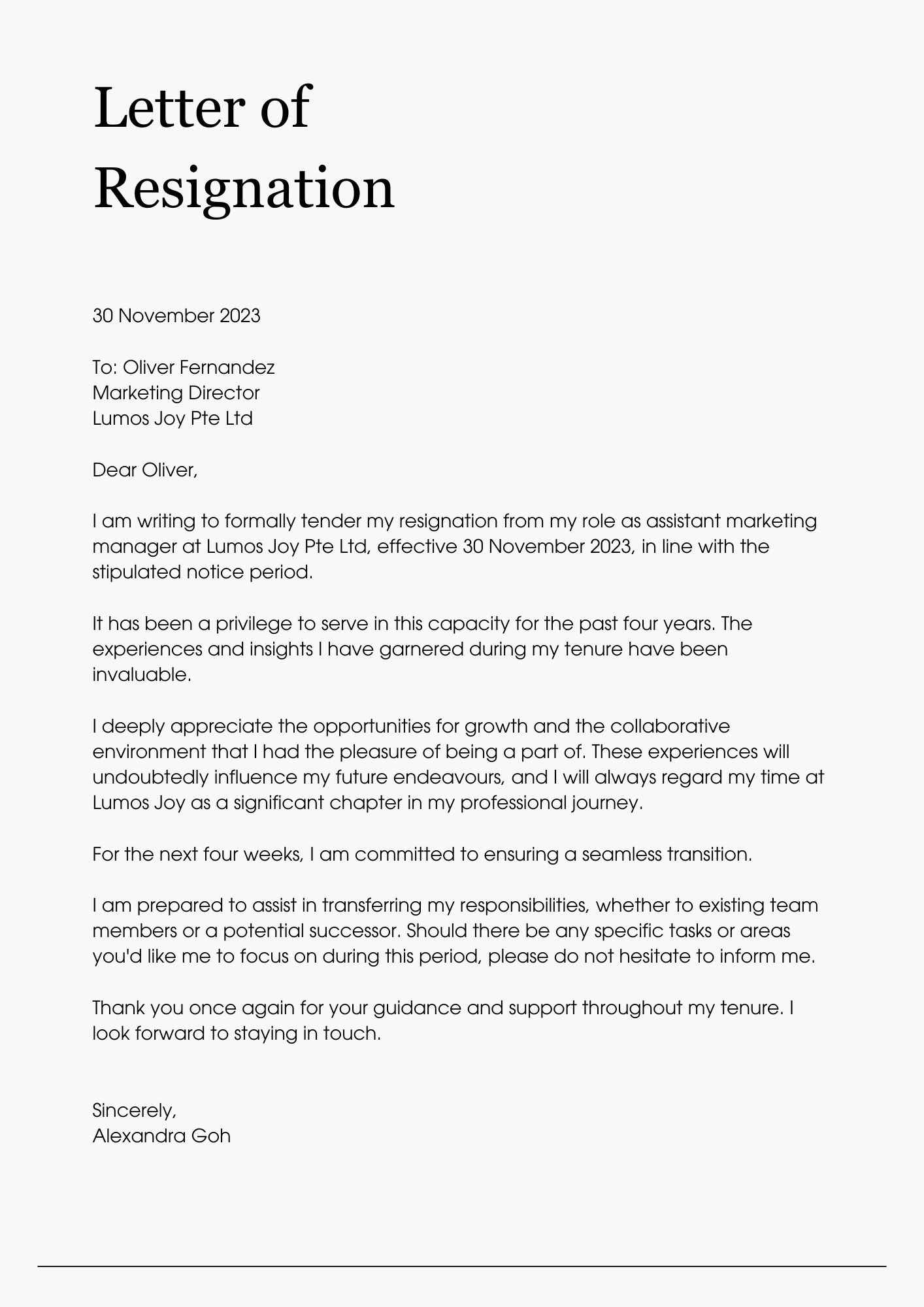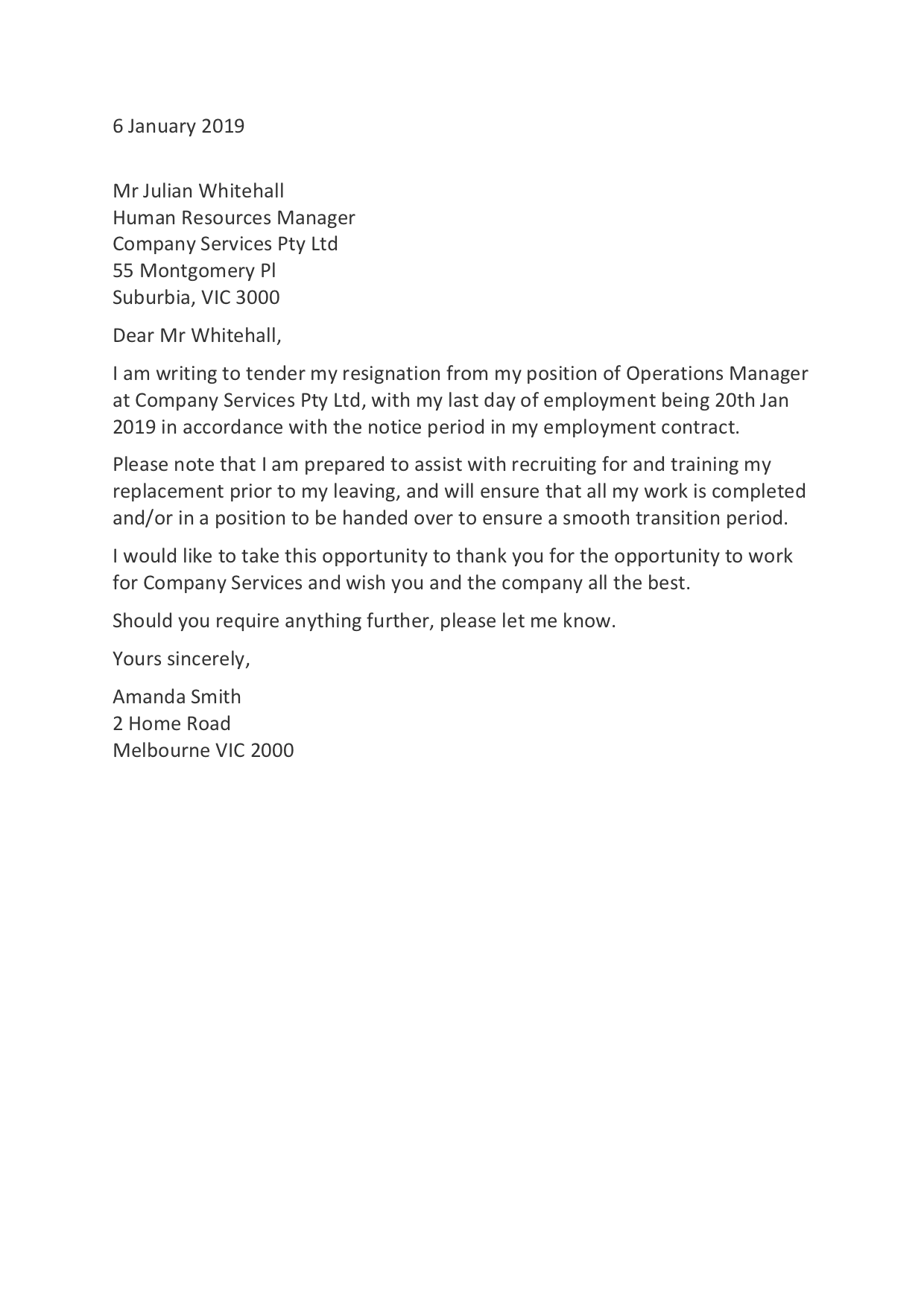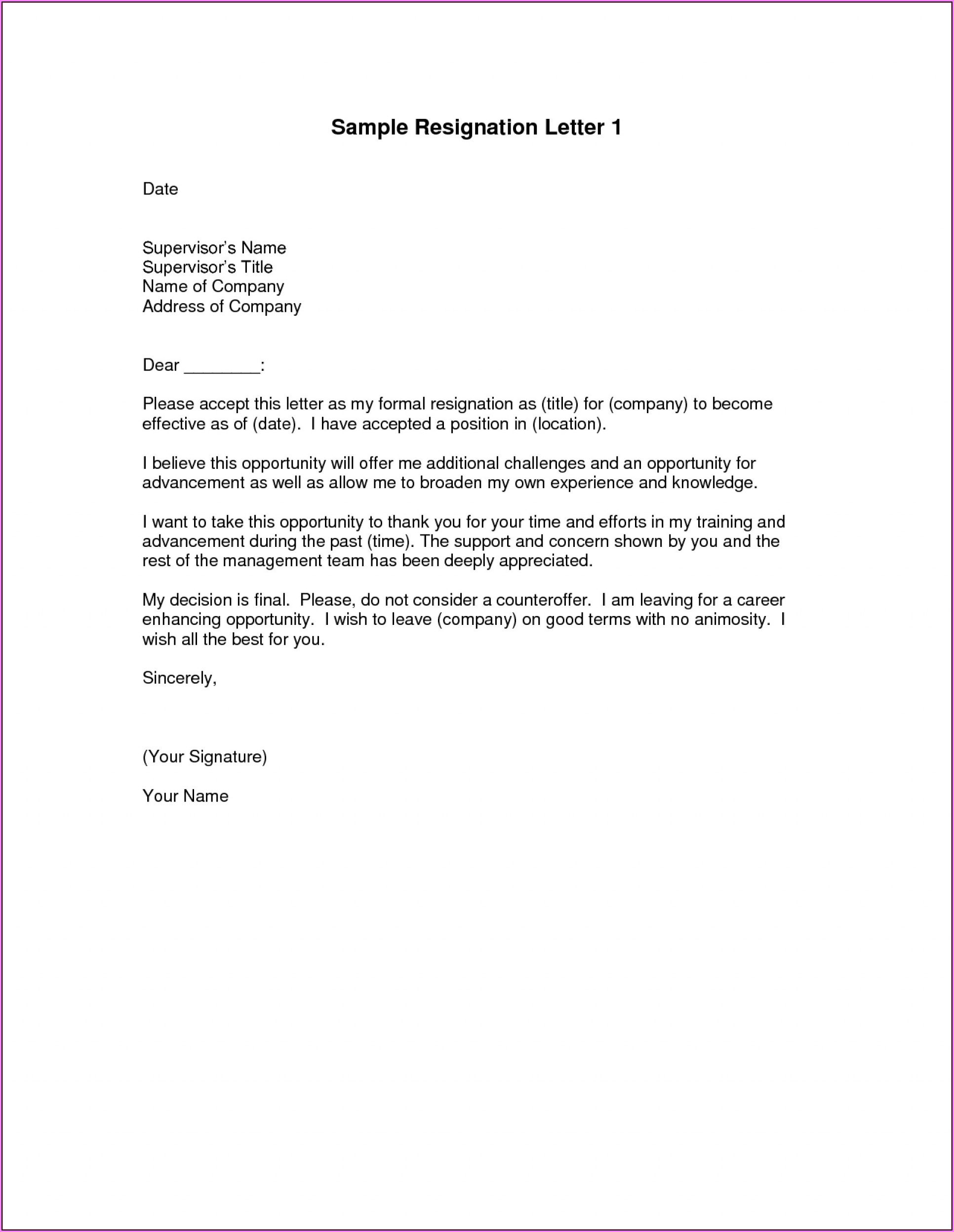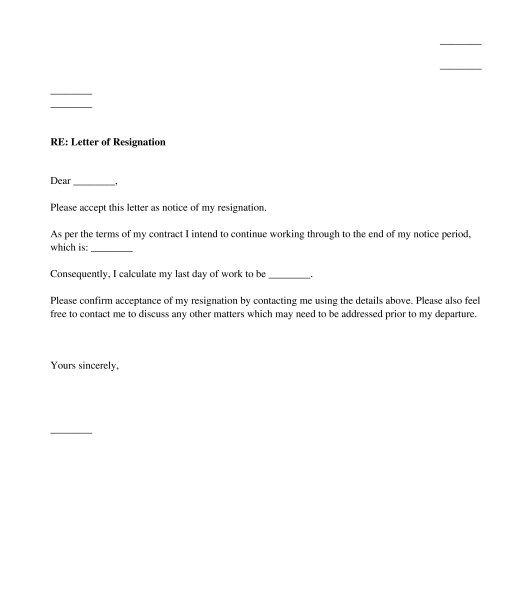The Resignation Letter Template for Australia That Works: A Guide to Leaving Your Job Professionally
Leaving a job is a significant life event, and crafting a professional resignation letter is the crucial first step. In Australia, a well-written resignation letter not only fulfills your contractual obligations but also helps maintain a positive relationship with your employer, paving the way for future opportunities. This guide provides a comprehensive, SEO-optimized resignation letter template tailored for the Australian context, ensuring you leave your role with grace and professionalism.
Why a Resignation Letter Matters in Australia
While you might verbally inform your manager of your decision to leave, a formal written resignation letter is essential. It serves as:
- Official Notification: It documents your intention to leave, the date of your departure, and helps formalize the process.
- Legal Record: It provides a written record of your resignation, which can be crucial for reference, particularly if any disputes arise.
- Professional Courtesy: It demonstrates respect for your employer and colleagues, leaving a positive impression.
- Contractual Requirement: Employment contracts often stipulate the need for a written resignation, including the required notice period.
Essential Elements of a Resignation Letter in Australia
Before we dive into the template, let’s outline the key components that should be included:
- Your Contact Information: Your full name, address, and potentially your phone number and email address.
- Date: The date you are writing the letter.
- Recipient’s Information: The name and title of your manager or HR representative.
- Clear Statement of Resignation: Explicitly state your intention to resign from your position.
- Your Last Day of Employment: Specify the date your employment will end, ensuring you meet the required notice period.
- Brief Expression of Gratitude (Optional): A concise acknowledgement of your experience or appreciation for the opportunity.
- Offer of Assistance (Optional): Offer to assist with the transition, such as training a replacement.
- Formal Closing: Use a professional closing, such as “Sincerely” or “Yours sincerely.”
- Your Signature: Sign the letter physically or electronically.
The Resignation Letter Template for Australia
Here’s a versatile resignation letter template you can adapt to your specific situation:
[Your Name]
[Your Address]
[Your Phone Number]
[Your Email Address]
[Date]
[Manager's Name] (or HR Department)
[Manager's Title]
[Company Name]
[Company Address]
Dear [Mr./Ms./Mx. Last Name], (or "To Whom It May Concern" if unsure of recipient)
Please accept this letter as formal notification that I am resigning from my position as [Your Job Title] at [Company Name]. My last day of employment will be [Your Last Day of Employment].
[Choose ONE of the following options, depending on your preference:]
**Option 1 (Brief and to the point):**
I have enjoyed my time at [Company Name] and appreciate the opportunities I have been given.
**Option 2 (Expressing gratitude):**
I am grateful for the opportunities I have been provided during my time at [Company Name]. I have learned a great deal and value the experience I have gained.
**Option 3 (More detailed gratitude, if applicable):**
I would like to express my sincere gratitude for the opportunity to work at [Company Name] for the past [Number] years/months. I have greatly appreciated [mention a specific aspect, e.g., the support I received, the projects I worked on, the people I worked with].
[Now, add ONE of the following options, depending on your willingness to help:]
**Option 1 (Offering Assistance):**
I am happy to assist with the transition process and am available to train my replacement or help in any way possible during my remaining time here.
**Option 2 (No specific offer of assistance):**
I wish you and [Company Name] all the best for the future.
Sincerely,
[Your Signature]
[Your Typed Name]
Customizing Your Resignation Letter
While the template provides a solid framework, tailor it to your specific circumstances:
- Notice Period: Ensure your last day of employment complies with the notice period outlined in your employment contract. This is usually 1-4 weeks, depending on your role and length of service.
- Company Culture: Adjust the tone and level of formality to align with your company’s culture.
- Reason for Leaving (Optional): You are not obligated to state your reason for leaving. However, if you choose to, keep it brief and professional. Avoid negative comments or complaints. You could simply state something like “I am pursuing another opportunity” or “I am seeking a new challenge.”
- Specific Achievements (Optional): If you wish to highlight your contributions, briefly mention key achievements.
- Review and Proofread: Carefully proofread your letter for any grammatical errors or typos before submitting it.
Submitting Your Resignation Letter
- Who to Give It To: Typically, you should submit your letter to your direct manager or the HR department.
- Delivery Method: Hand-deliver a hard copy or send it via email. If sending via email, request confirmation of receipt.
- Keep a Copy: Retain a copy of your signed resignation letter for your records.
Frequently Asked Questions (FAQs)
1. What is the standard notice period in Australia?
The standard notice period varies depending on your employment contract and the length of your service. Generally, it’s between one week and four weeks. Check your contract for specifics.
2. Do I need to provide a reason for leaving in my resignation letter?
No, you are not legally required to state your reason for leaving. However, you can choose to do so briefly and professionally if you wish.
3. Can my employer refuse my resignation?
Generally, no. You have the right to resign from your employment. However, your employer can negotiate the timing of your departure, particularly regarding the notice period.
4. What happens if I don’t give the required notice?
Your employer may be entitled to take legal action to recover any losses incurred because of your failure to provide the required notice, depending on your employment contract. This is uncommon, but it’s important to adhere to the agreed-upon terms.
5. Should I discuss my resignation with my manager before submitting the letter?
It’s generally considered good practice to inform your manager verbally before submitting your written resignation letter. This allows for a more personal discussion and sets the stage for a smooth transition.
Conclusion
Crafting a professional resignation letter is a vital step in leaving your job in Australia. By following this template and tailoring it to your specific situation, you can ensure a smooth and respectful departure, leaving a positive impression on your employer and colleagues. Remember to adhere to your contractual obligations, maintain a professional tone, and take the opportunity to express your gratitude and, where appropriate, offer assistance with the transition. This approach will not only facilitate a clean break but also protect your professional reputation and future career prospects.
